Car seats keep your child safe, right? Not always. Sometimes car seats can fail if not taken care of or disposed of properly when they have experienced too much wear, reached their expiration date, or been involved in an accident. With each of these factors, a car seat’s ability to protect your child drops significantly. Because of this, I have created this car seat guide to help you find the perfect car seat for you.
How long can I use my child’s car seat?
Every car seat is different, so always read the user guide to find out the seat’s expiration date and other important information. Most car seats last between five to nine years after they were manufactured (not necessarily after they were bought); that’s why it is important to check the user guide. Most infant car seats are the same.
You can also find the expiration date molded in the car seat or printed on the shell, along with labels listing contact information and other necessary safety information.
Most car seats expire after 6 years from the date of manufacture. If you can’t find an explicit expiration date printed anywhere on the seat (shown below), check the owner’s manual. When in doubt, the easiest thing to do is to call the manufacturer and ask them.
So that’s exactly what I did. I searched some of the large brands out there to find out how long their car seats last and here is what I found:
Britax – 6 years – All Britax seats have an expiration date of six years after the date of manufacture except for the Frontier and Frontier 85, which expire after nine years. Because of the higher weight and height limits, the Frontier and Frontier 85 were designed with a specific composite of materials to allow for nine years of use
Chicco – 6 years – A 6 year expiration means that the KeyFit can be passed down through several Littles. The expiration date and date of manufacture are printed on a sticker on the top of the base. Another identical sticker is on the bottom of the seat itself — note that sometimes, the base and the seat itself will have different manufacture dates.
Maxi-Cosi – 10 years – “We develop our car seats for an intensive use of approximately 10 years. However car seats don’t expire and the lifetime is dependent on the real use of a car seat. Car seats involved in an accident should be replaced immediately.”
Nuna – 7 years – The expiration date or useful life of this seat is 7 years after date of manufacture. This information can be found on the bottom of the seat shell.
Orbit – 7 years – DO NOT use the Infant Car Seat and Base after the Safety Expiration date, which can be found on the Product Information Label.
Why do car seats expire?
Safety standards change over time as safer technology is developed. Expiration dates not only alert you to the possibility that your car seat may be worn out, but they also provide an opportunity for you to buy a new seat that is safer for your child.
What makes one car seat last longer than another?
The type of materials used in a car seat effect the expiration date and how the seat will perform in a crash or wear over time. Depending on the type, the design, the kind of installation, and the materials used to make the car seat all affect how long the seat will last and how safe it is in a crash.
Is it ever okay for me to borrow a car seat or buy one used?
Borrowing or buying a second-hand car seat is not recommended unless you can, without a doubt, answer these four crucial questions:
- Has this car seat ever been in a crash?
- Are all the parts and pieces still attached to the car seat?
- Are all the labels for proper use still affixed to the car seat?
- Has this car seat ever been recalled?
If you cannot find the answer to these questions, or if the seat should fail in any of these areas, do not use or buy the seat.
How important is the instruction manual?
Always keep it or upload from the manufacturer’s website. It informs you of the expiration date, the recommended cleaning options, proper harness rethreading, correct installation and use as well as proper disposal methods. I like to keep my manuals in a file that are easy to find and get to. Believe me; you will use it more than you think you would.
Our son has thrown up in his car seat multiple times and we have taken it apart to throw it in the washing machine. If it weren’t for the instruction manual, there are definitely pieces I would have just thrown away thinking we wouldn’t need them.
If my car seat is involved in an accident, can I still use it?
Follow the National Highway Traffic Safety Administration’s guidelines that recommend discontinuing use of a car seat if it has been in a moderate to severe crash. You can keep it if the crash can be defined as minor, meaning it meets ALL of following criteria:
- The vehicle was able to be driven away from the crash site.
- The vehicle door nearest the child restraint was undamaged.
- There were no injuries to any of the vehicle occupants.
- The air bags (if present) did not deploy.
- There is no visible damage to the car seat.
How do I know when to retire my car seat?
Car seats should be destroyed after their expiration date or if it has any missing or broken parts. The reason for destroying rather than just throwing it out is so that it will not be improperly used by an unknowing third-party who may then put a child’s safety at risk.
When do I switch to the next car seat?
When I worked at a baby store this was one of the most popular questions we would get asked when it comes to car seats. Some companies make it so that when you are buying a car seat for your newborn it will last with them until they are a toddler, while others are good until 11 lbs. then you need to upgrade to the convertible.
Personally, I would like to just buy one car seat that grows with my child. Again, I have found which car seat for each brand would do just this:
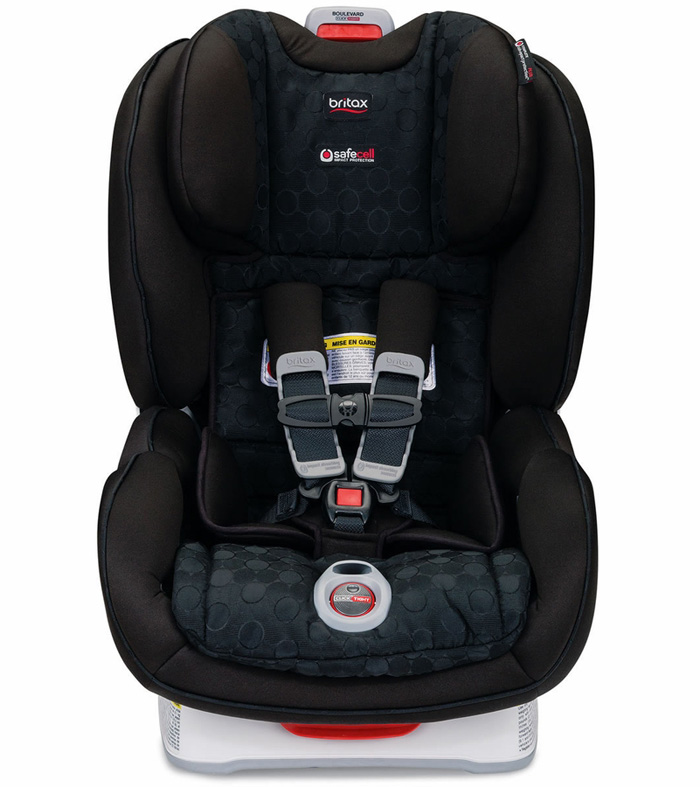 Britax – Boulevard ClickTight: converts from a rear-facing position (for babies 5-40 lbs) to a forward facing position (for children 20-65 lbs).
Britax – Boulevard ClickTight: converts from a rear-facing position (for babies 5-40 lbs) to a forward facing position (for children 20-65 lbs).
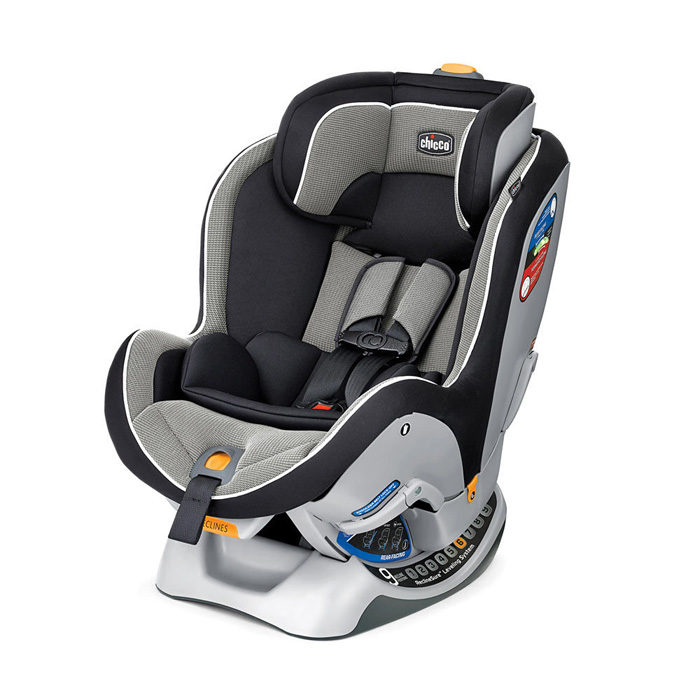 Chicco – Nextfit Zip: for use with children from 5-40 lbs in rear-facing mode, and from 22-65 lbs in forward-facing mode.
Chicco – Nextfit Zip: for use with children from 5-40 lbs in rear-facing mode, and from 22-65 lbs in forward-facing mode.
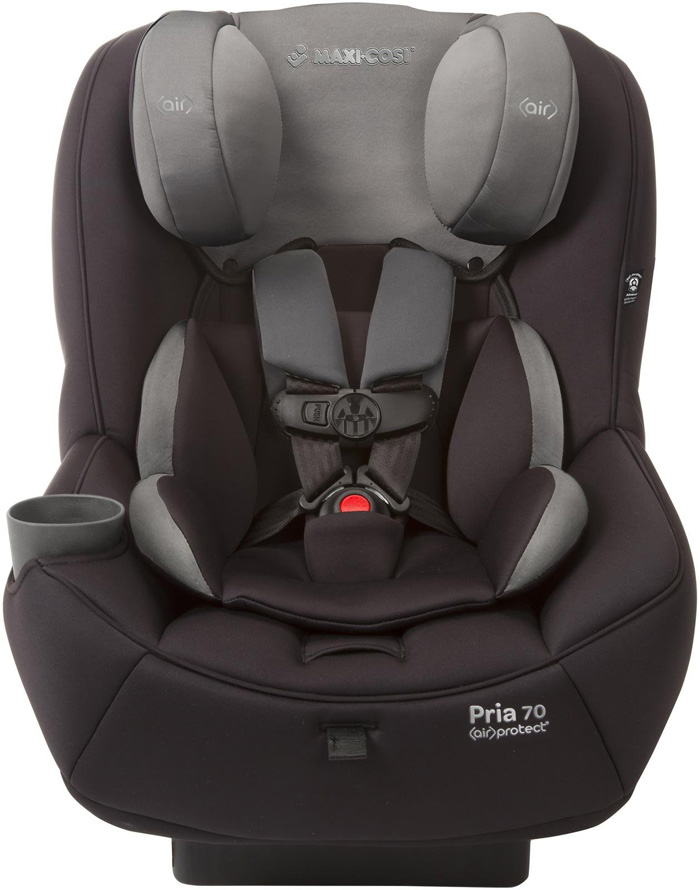 Maxi-Cosi – Pria 70: rear facing 9-40 lbs and front facing 22-70 lbs.
Maxi-Cosi – Pria 70: rear facing 9-40 lbs and front facing 22-70 lbs.
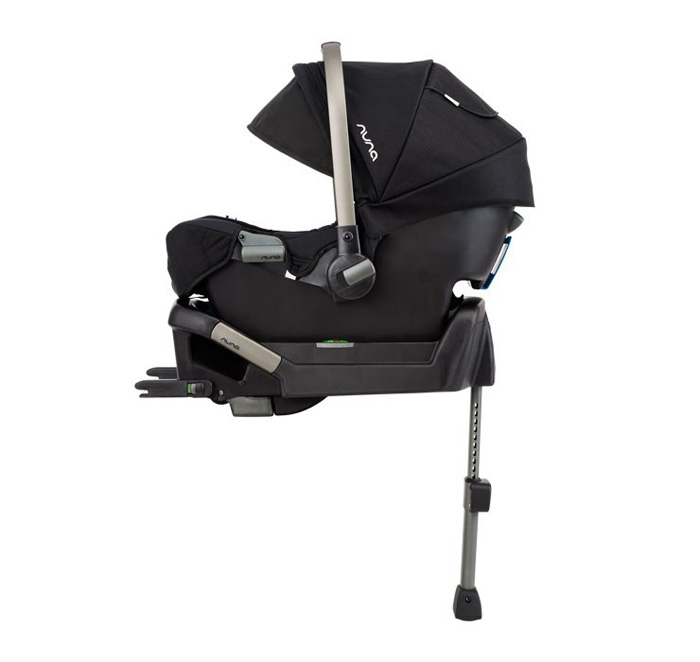 Nuna – PIPA: recommended use is 4-32 lbs, but not after that. This is not a convertible car seat and you would need to get the next size up and they don’t make another car seat.
Nuna – PIPA: recommended use is 4-32 lbs, but not after that. This is not a convertible car seat and you would need to get the next size up and they don’t make another car seat.
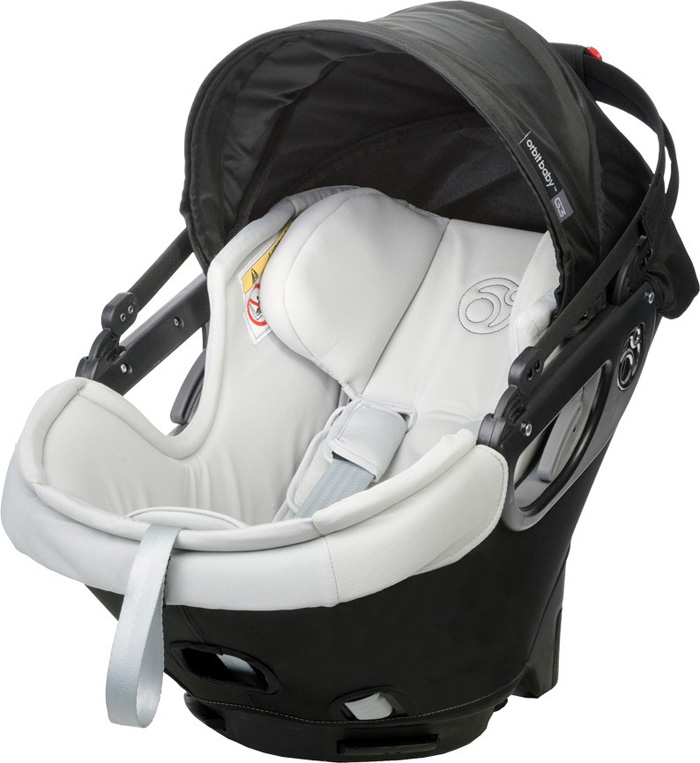 Orbit – G3 Infant Car Seat: for children 4-30 lbs, but then you need to get the toddler car seat for children 15-35 lbs rear-facing and 25-65 lbs forward-facing.
Orbit – G3 Infant Car Seat: for children 4-30 lbs, but then you need to get the toddler car seat for children 15-35 lbs rear-facing and 25-65 lbs forward-facing.
Making this car seat guide really opened my eyes. We are probably ready to get another toddler car seat and after researching them all I am still trying to figure out which one is perfect for us. Do you have a favorite? Share your favorite car seat and why below in the comments.
